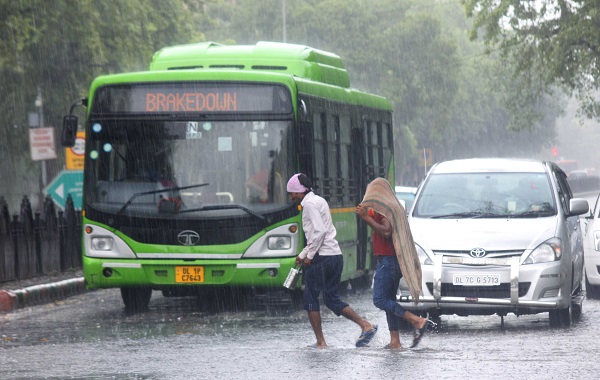New Delhi, (Samajweekly) The fall in power demand in Delhi has more to do with the weather than the lockdown itself.
According to research by foreign brokerage, Credit Suisse, the gap in power demand versus last year levels has again expanded to 18-19 per cent.
“We believe this is more driven by weather, rather than economic activity,” the research said. Weather is, thus, confounding one of the most frequent, independent and easily traceable indicators of economic activity at a time when such an indicator can be most useful.
Taking the Delhi weather, the report points out that the lower temperatures in April and early May enlarged the decline. Almost all through April to early May, Delhi’s maximum temperature remained about 5 degrees Celsius lower than last year’s levels. “This may have contributed to a wide gap between last year and this year’s demand,” the report said.
Demand parity on May 26 was seen as temperature this year exceeded last year levels. Demand improved materially as temperature difference turned positive (higher this year) by about 3 degrees Celsius between May 20-27. At one point, the maximum temperature on a particular day this year was 10 degrees Celsius higher than previous year’s levels.
As temperature dipped, the demand gap opened up again. As temperature has dipped again by 5-10 degrees Celsius, the demand gap has opened up and is now again as large as 15-20 per cent. “We believe that this decline does not reflect the level of economic activity but rather weather-driven demand changes,” the report said.
The prima facie adjusted decline may be 5-8 per cent. The report says that while it is tough to estimate demand if temperature would have been normal, it is estimated that demand would have been 5-8 per cent lower had temperature fluctuation not caused a large variance.
For Delhi, the demand move is largely in line with movement in weather, the report said. Power demand on a peak power basis is down 16 percent, now 143 GW vs 170 GW last year. Power demand falls to 3.2 BU/day, down from 3.6 BU/day last week, down 19 per cent annually. Power demand is down again on the back of cooler weather, the report said.









